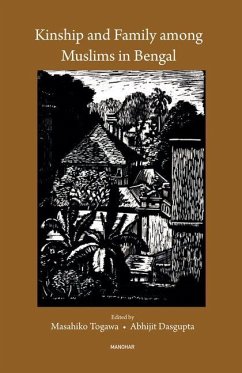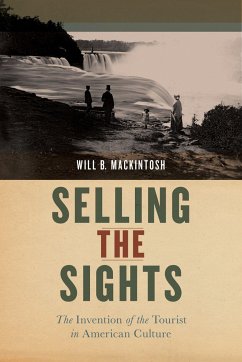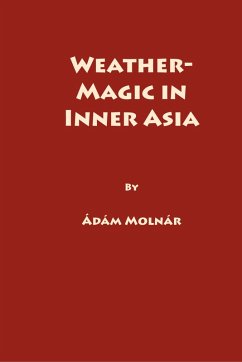
The Shompen
Shrinking Space and the Endangered Tribe
Versandkostenfrei!
Versandfertig in über 4 Wochen
63,99 €
inkl. MwSt.

PAYBACK Punkte
32 °P sammeln!
The Shompens of Great Nicobar Island is one of India's little-known, most isolated, and least-studied Particularly Vulnerable Tribal Group (PVTG). They were stereotyped as 'extremely shy', 'very hostile and aggressive', 'fierce and violent', 'reclusive tribe', 'stone-age tribe', etc. The general perception is that the Shompens prefer to live in 'isolation' maintaining a social distance not only from outsiders, but also from their brethren living in other territories. The Shompens existed for generations on this island by carrying out two primary activities, i.e. hunting and food gathering. The...
The Shompens of Great Nicobar Island is one of India's little-known, most isolated, and least-studied Particularly Vulnerable Tribal Group (PVTG). They were stereotyped as 'extremely shy', 'very hostile and aggressive', 'fierce and violent', 'reclusive tribe', 'stone-age tribe', etc. The general perception is that the Shompens prefer to live in 'isolation' maintaining a social distance not only from outsiders, but also from their brethren living in other territories. The Shompens existed for generations on this island by carrying out two primary activities, i.e. hunting and food gathering. The Shompens' livelihood strategies and resource utilization largely depend upon the species diversity of the locality. With the advancement of time, the Shompens, in addition to hunting and gathering activities, evolved a range of husbandry practices like gardening, domestication of animals, management of bee colonies, etc. There is a curtailment in the Shompen resource base due to the annexation of the tribal reserve for colonization and the execution of developmental projects. As the aliens usurped their land and resources, the Shompen retreated further into the interior forest. It is important to hold the resource base intact arresting further appropriation of tribal reserve, and the consequent erosion of resources. The living space of the Shompen is shrinking day-by-day, and so is the resource base on which they relied upon for their livelihood. The demography of the Shompen tribe is also at an alarming stage. The public view of the Shompen is sharply divided. Some are seeking an urgent government intervention as the reach of the administration to them is remote. Whereas, for the others, 'they are so few' and 'insignificant', and they do 'not envisage any future for them'. In the present study, an attempt has been made to understand the way of life of Shompen tribe in the light of historical and anthropological evidences.












